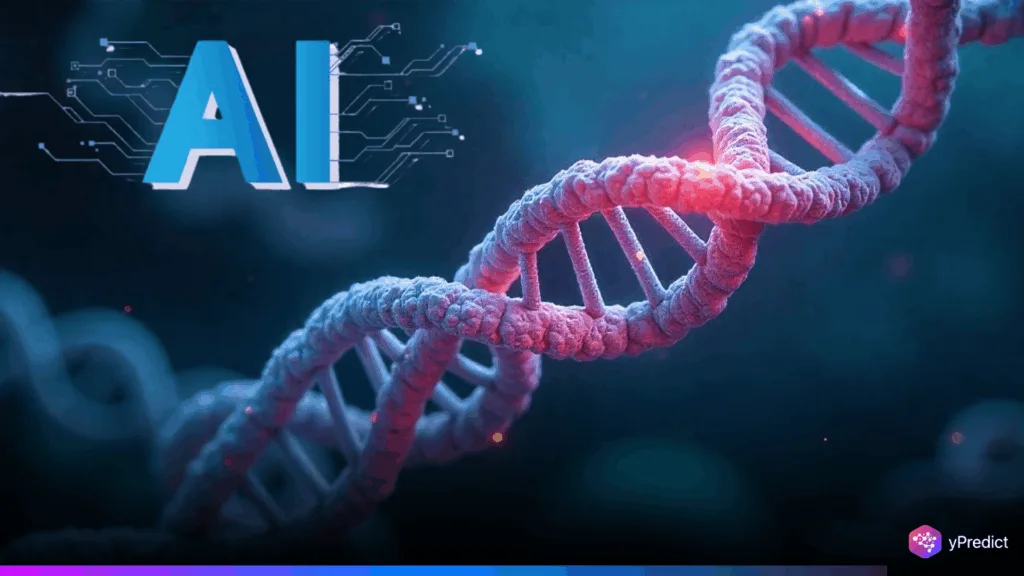
Inside every human cell, two meters of DNA are packed into a tiny nucleus, where the intricate process of gene expression unfolds. MIT chemistry professor Bin Zhang is at the forefront of unraveling this complexity with a groundbreaking approach. By combining computational biology and AI modeling, he is forecasting how genomes fold and interact in 3D space. This innovative research is advancing our understanding of molecular biology and also paving the way for deeper insights into cellular diversity and the origins of genetic diseases.
From Rural China to AI Genome Mapping Pioneer
Zhang was impacted by his older brother’s makeshift home chemistry experiments while growing up in rural China. He eventually decided to study chemical physics at the University of Science and Technology of China. His ability to simulate actual molecular behavior with code sparked his interest in theoretical science.
During a postdoc at Rice University, Zhang switched his focus to genomic research after receiving his PhD at Caltech, where he studied a protein known as translocon. With Peter Wolynes, he explored the hypothesis that tightly packed DNA might form knots, like tangled wires. Through modeling, they found the genome avoids entanglement due to nature’s precise folding strategy.
This set the stage for his current focus on AI genome mapping. ChromoGen is his newest model, it is an AI-powered model that uses DNA sequences to predict 3D genome structures. Understanding the basic biological principles governing DNA organization is aided by the combination of deep learning and physical simulations.
How Does DNA Fold Without Getting Tangled Up?
To determine which genes are expressed in specific cell types, such as neurons or skin cells, it is critical to understand how DNA folds into chromatin. Accessibility is determined by the folding pattern; the more accessible a gene region, the more likely transcription is to occur. It is difficult to compare these 3D genome structures on a large scale because conventional experimental methods are slow and labor-intensive.
At MIT, Zhang’s lab offers a computationally based and faster alternative. His team uses AI genome mapping to create simulations that show how different genomic areas interact in the small space of a cell nucleus. These simulations allow for a more thorough investigation of the spatial regulation of gene expression.
What’s Next for AI in Molecular Biology?
Zhang has expanded the research in his lab since joining MIT in 2016. He is investigating the potential link between misfolding in genome structures and illnesses like Alzheimer’s. His team investigates how genome configurations vary among brain cell types using computational biology and advanced simulation tools. They are providing insights into their unique roles and vulnerabilities.
Instead of relying solely on lab experiments, researchers can now simulate variations. They can test how subtle changes in structure influence gene expression or trigger genetic disorders. This speeds up research and provides a basis for upcoming treatment approaches.
According to Zhang, AI genome mapping is situated at the nexus of theoretical knowledge and data-driven modeling. “Both AI modeling and chemistry-based approaches are essential,” he says. “They help us build precise 3D maps and also grasp the physical forces behind them.”
What Does AI Genome Mapping Solve?
The integration of AI genome mapping into genomic science marks a major leap forward in understanding how our cells function and malfunction. Zhang and other scientists are ushering in a new era through continuous developments in AI modeling and computational biology. Today, genetic diseases can be predicted, simulated, and possibly treated with previously unheard-of precision.







